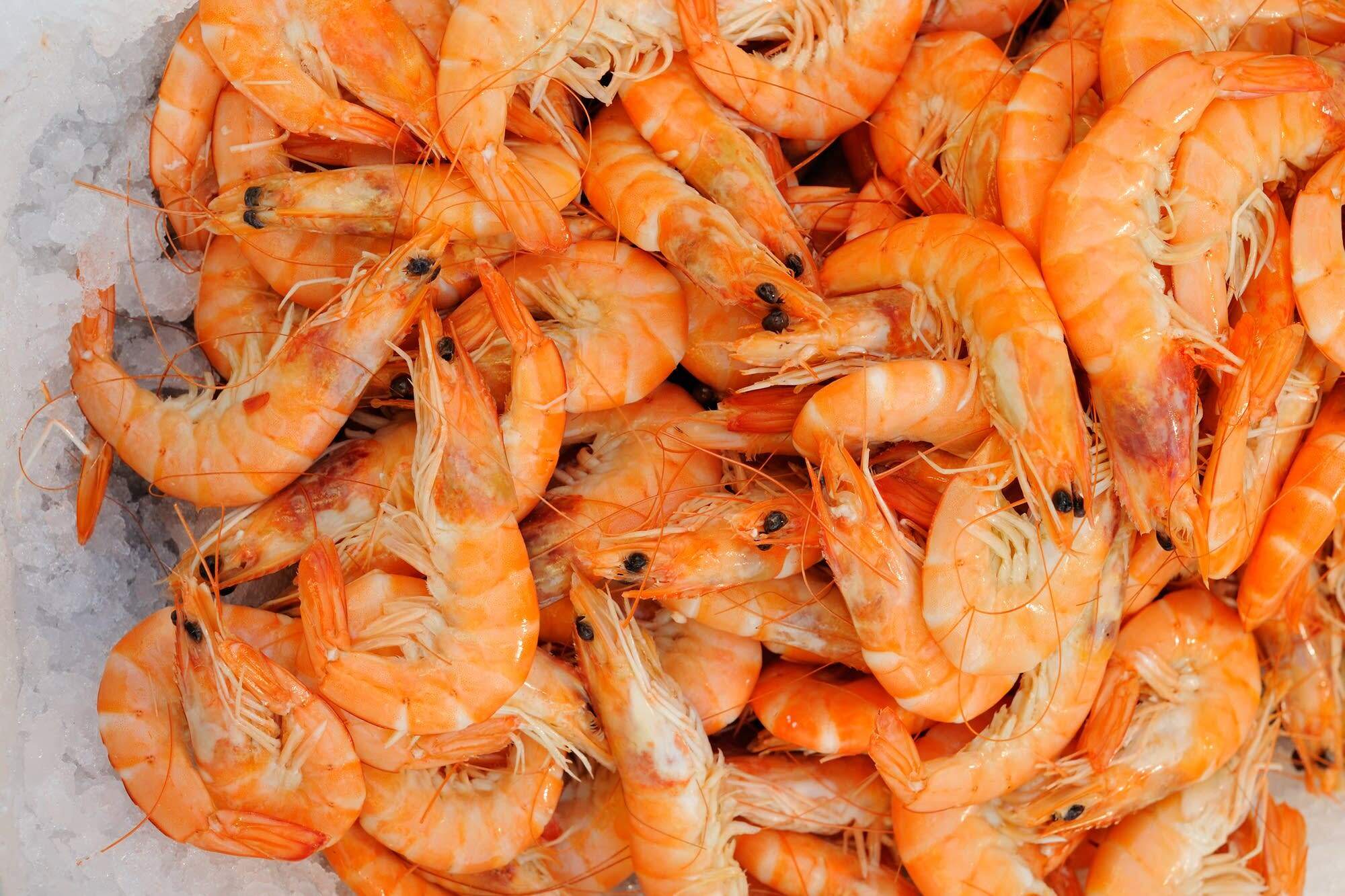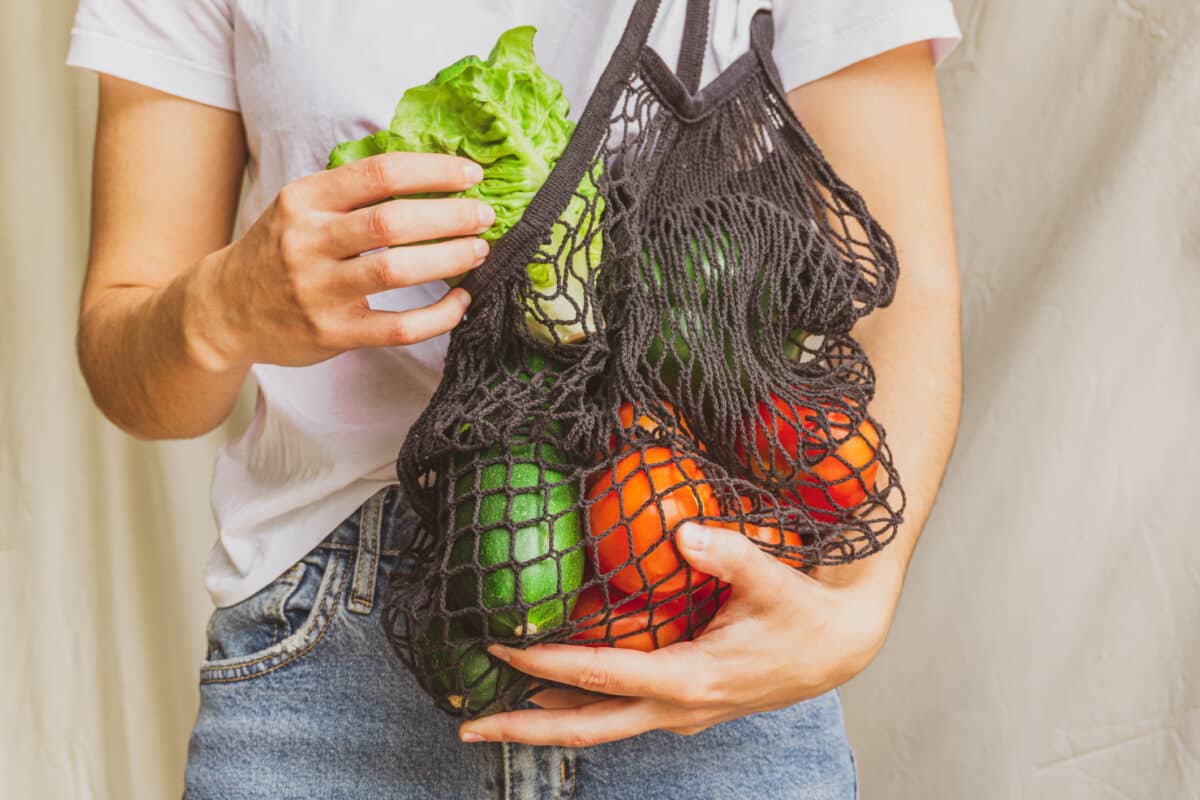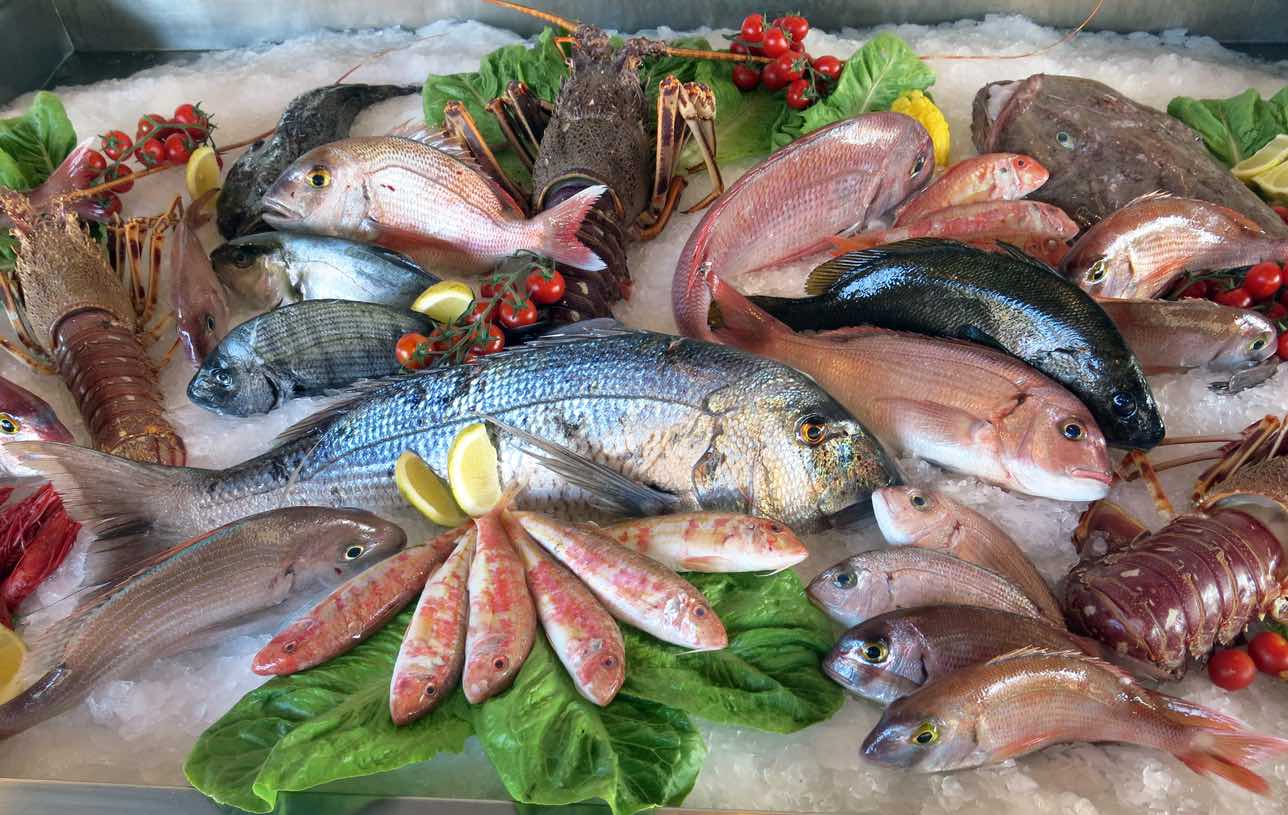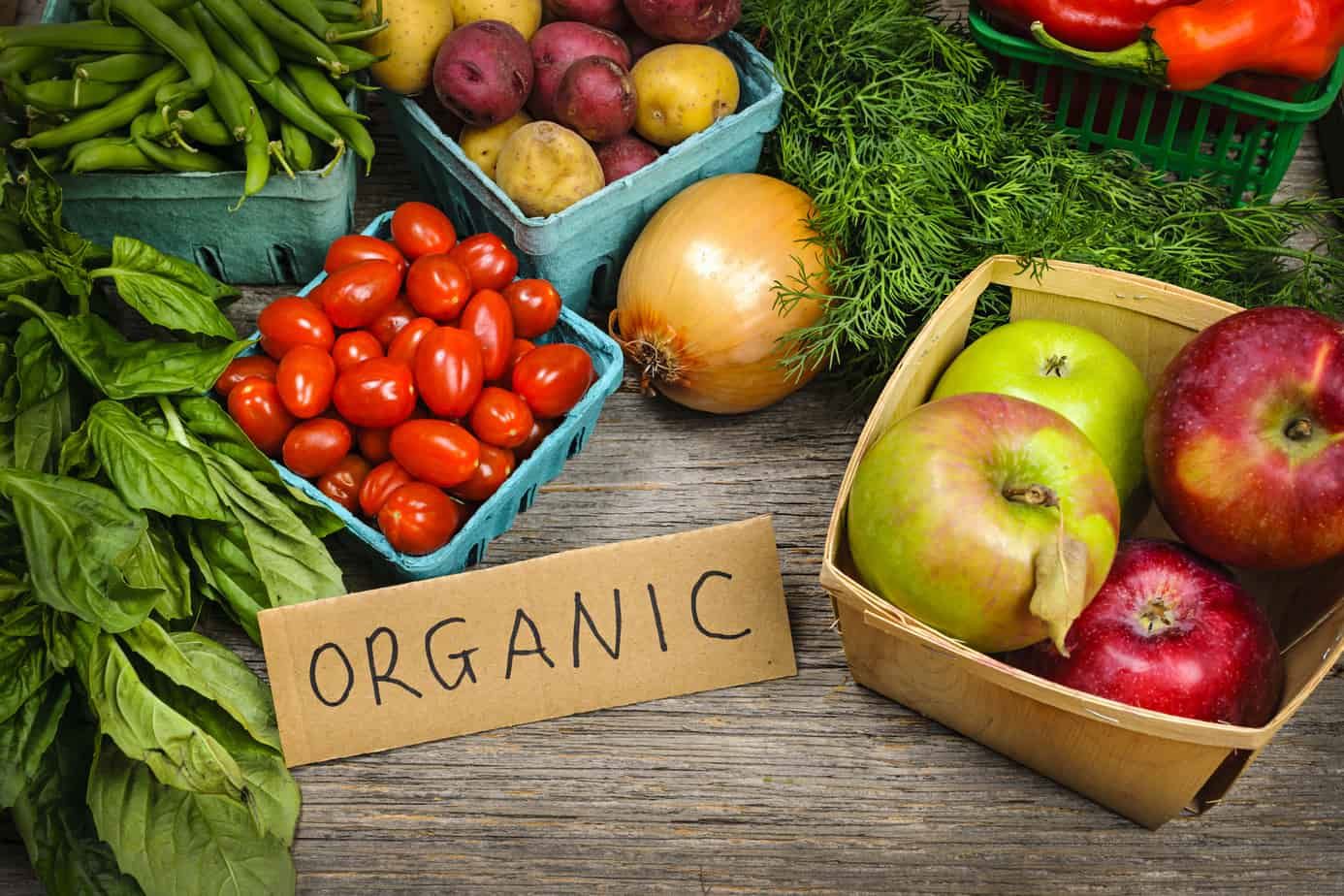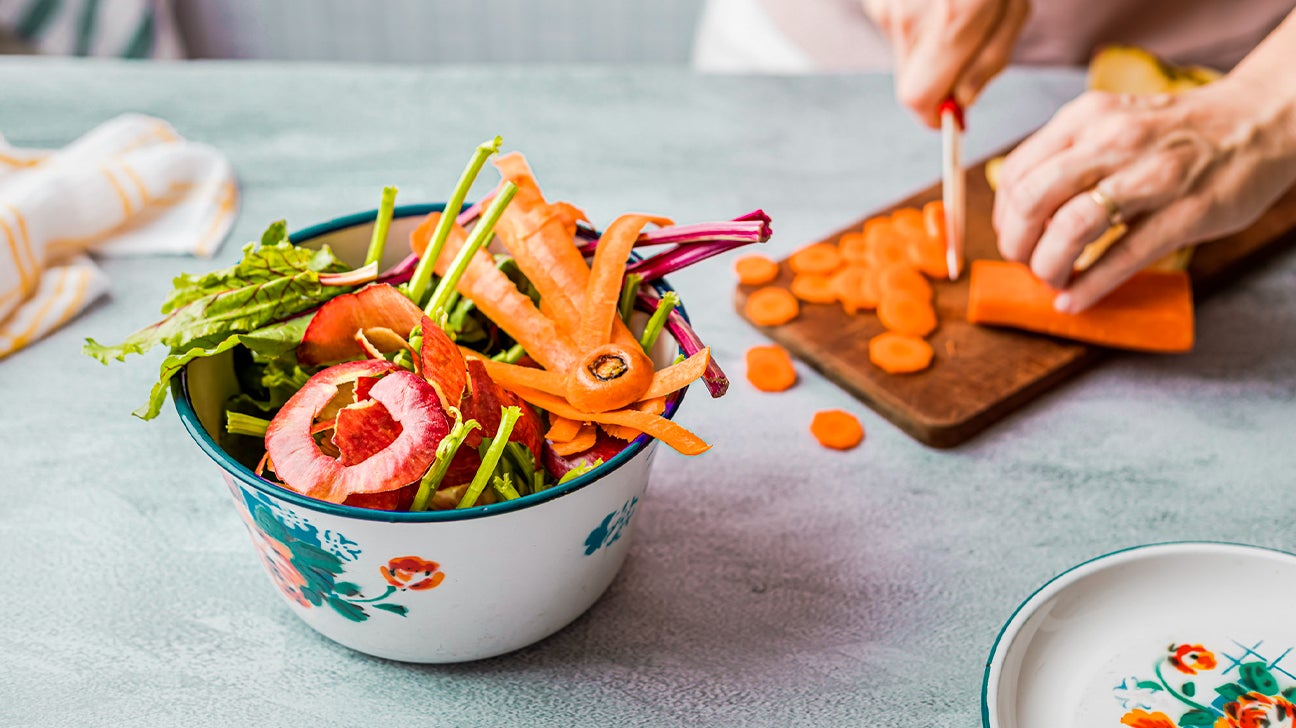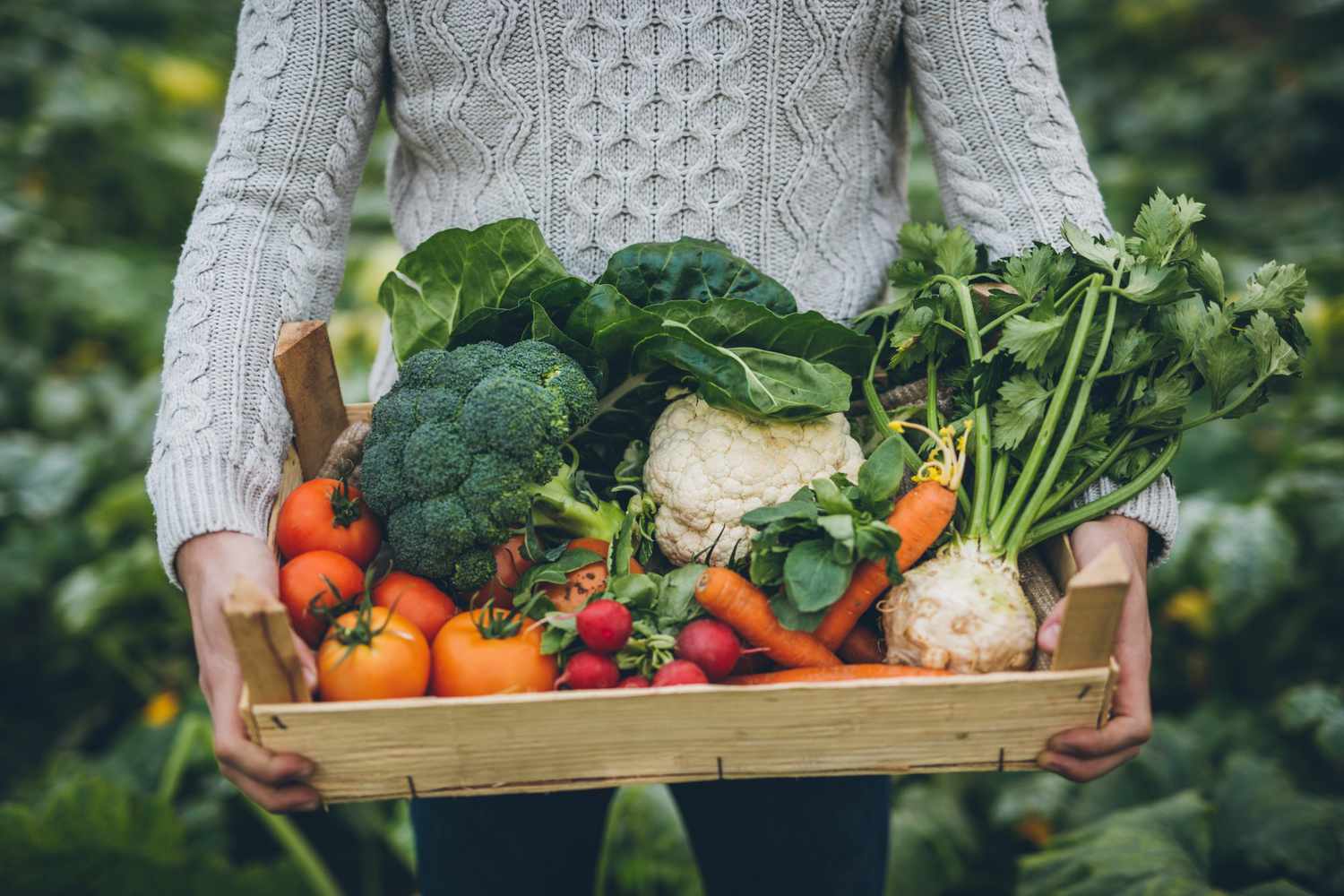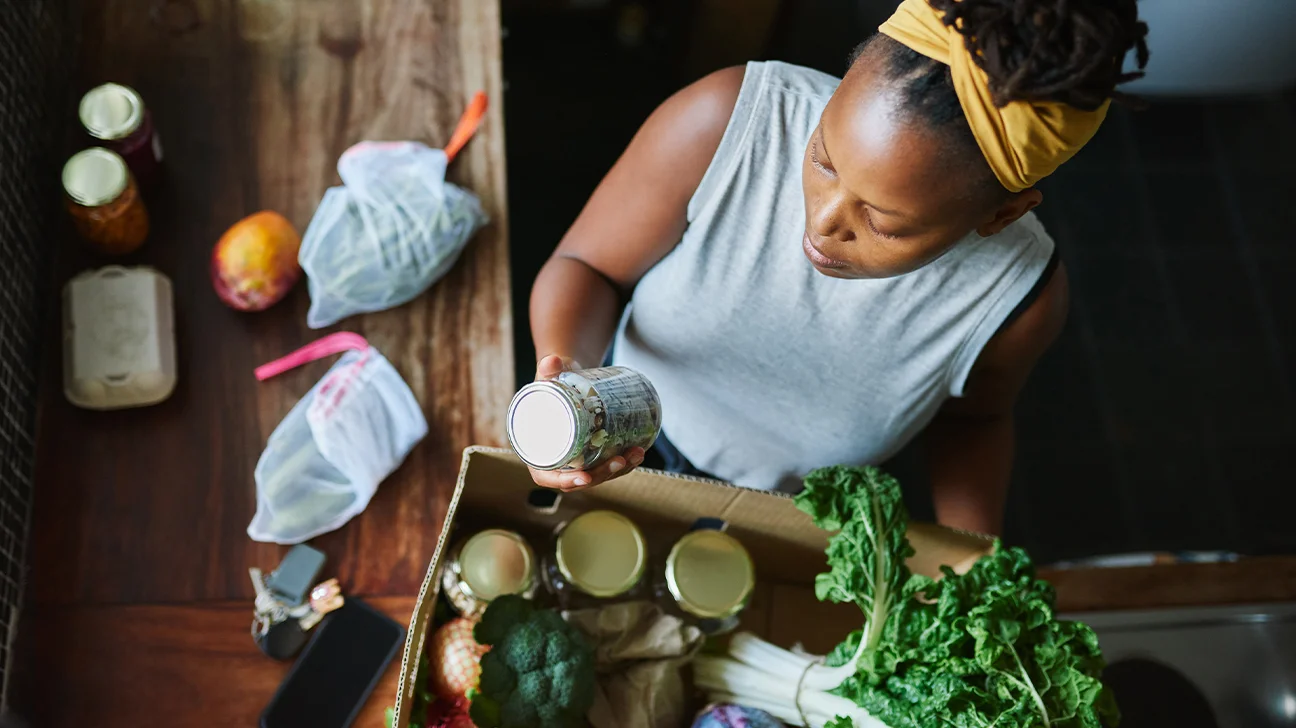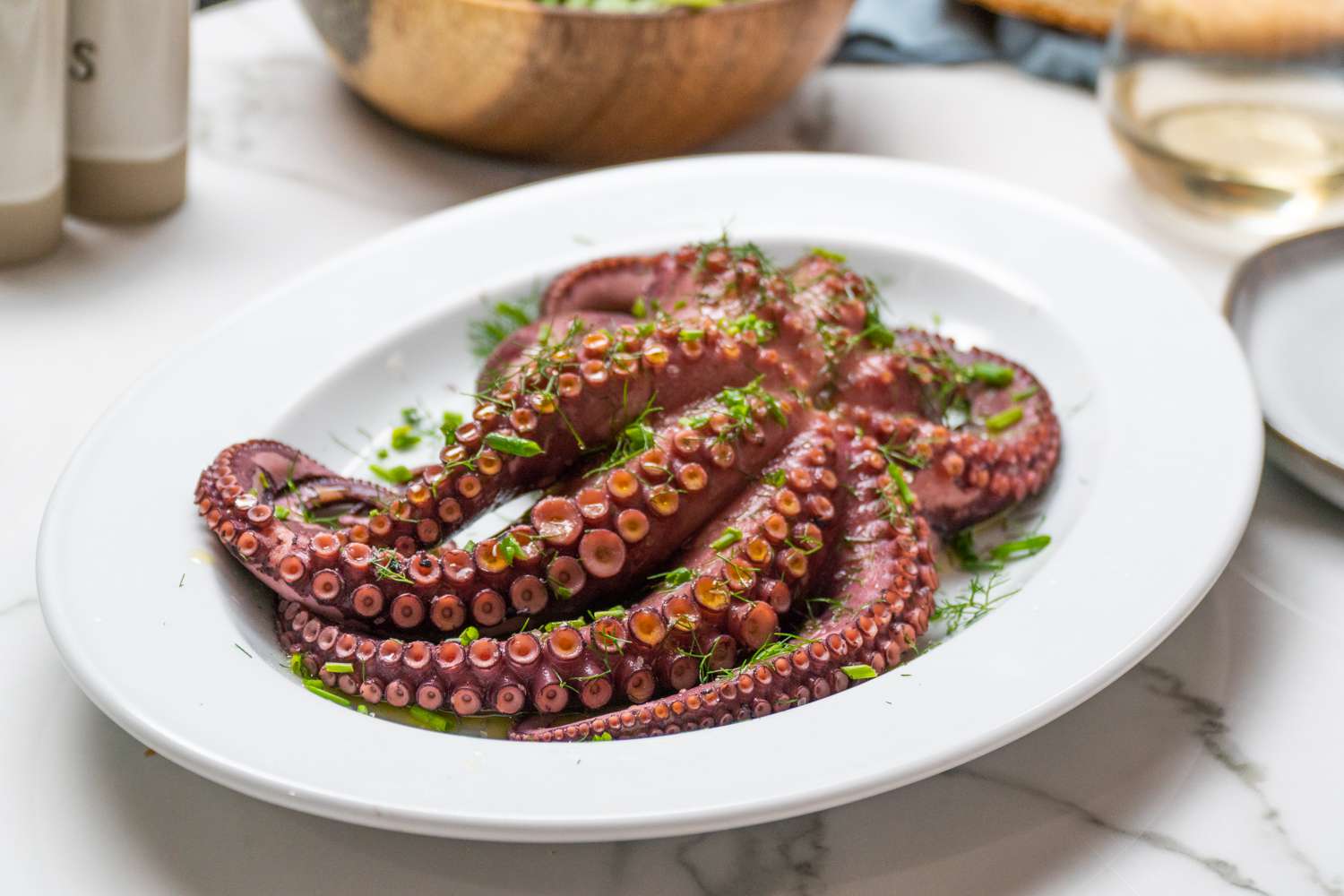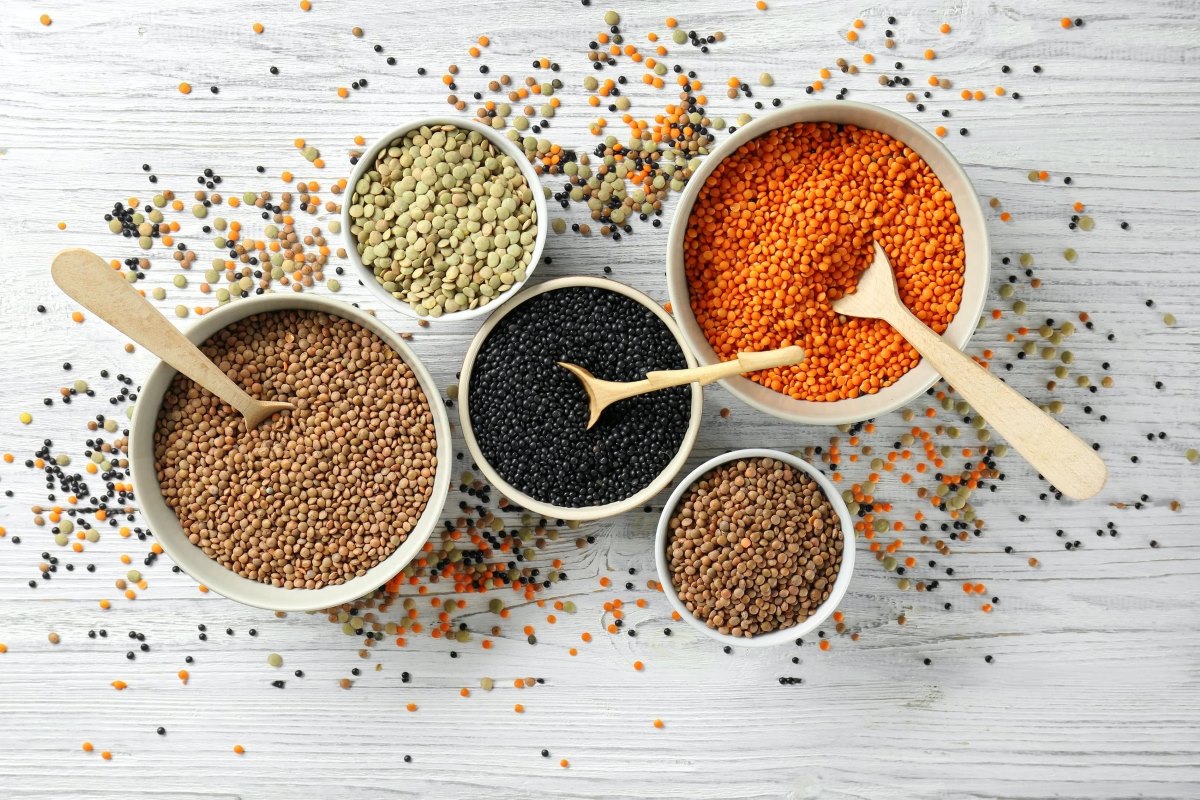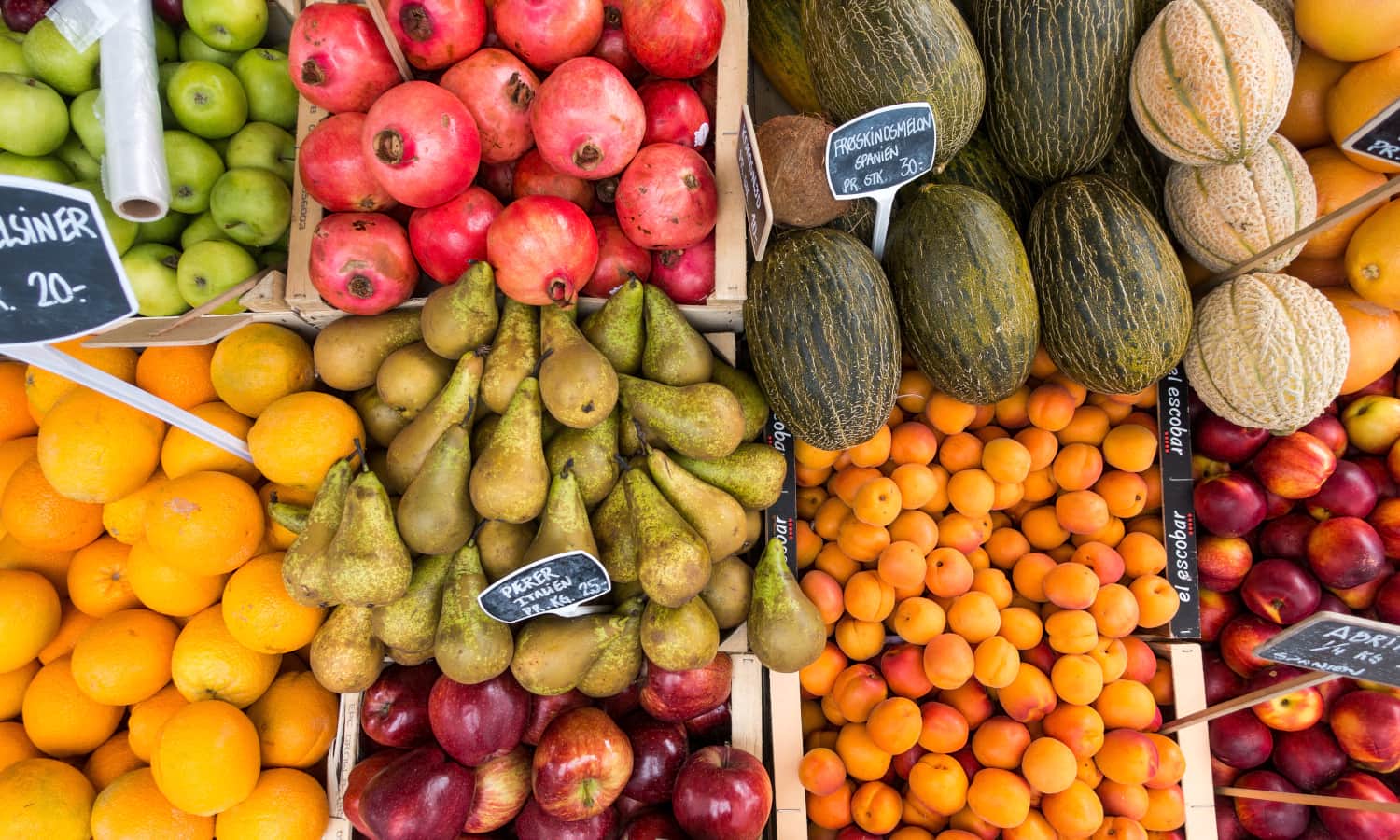How to Shop for Sustainable Seafood
When it comes to seafood, sustainability is key. By making informed choices, you can help protect the health of our oceans and ensure the availability of seafood for future generations. Follow these tips to shop for sustainable seafood and make a positive impact:
1. Know the Types of Sustainable Seafood
Understanding which types of seafood are considered sustainable is the first step. Look for species that are abundant, well-managed, and harvested using environmentally friendly practices. Some examples of sustainable seafood include:
- Wild-caught Alaskan salmon: This fishery is well-regulated and certified as sustainable.
- Pacific sardines: These small fish reproduce quickly and are harvested in a way that minimizes bycatch.
- US farmed oysters: Oyster farming can actually improve water quality and marine habitats.
2. Check for Sustainable Certification
Look for seafood products that have been certified by trusted organizations like the Marine Stewardship Council (MSC) or the Aquaculture Stewardship Council (ASC). These certifications provide assurance that the seafood has been sourced sustainably.
3. Consider the Fishing Method
The method used to catch seafood can have a significant impact on sustainability. Avoid seafood that has been caught using destructive methods such as bottom trawling or longlining. Instead, opt for species that have been caught using more sustainable methods like pole and line or trap fishing.
4. Buy Local and Seasonal Seafood
Choosing locally caught seafood reduces the carbon footprint associated with transportation and supports local fishermen. Additionally, eating seafood that is in season helps to maintain healthy fish populations by allowing them time to reproduce and replenish.
5. Look for Eco-Labels
Eco-labels are an excellent tool for identifying sustainable seafood. Look for labels such as the MSC logo or the Seafood Watch recommendation from the Monterey Bay Aquarium. These labels provide valuable information about the sustainability of the product.
6. Stay Informed
The world of sustainable seafood is constantly evolving. Stay informed by following reputable sources that provide updates on sustainable fishing practices and seafood recommendations. This will empower you to make better choices when shopping for seafood.
By following these tips, you can become a conscious consumer and make a positive impact on the health of our oceans. Remember, small changes in your shopping habits can have a big impact on the sustainability of our seafood resources.
So the next time you’re shopping for seafood, keep these guidelines in mind. Your choices matter, and they can contribute to a more sustainable future for both our oceans and our palates!
